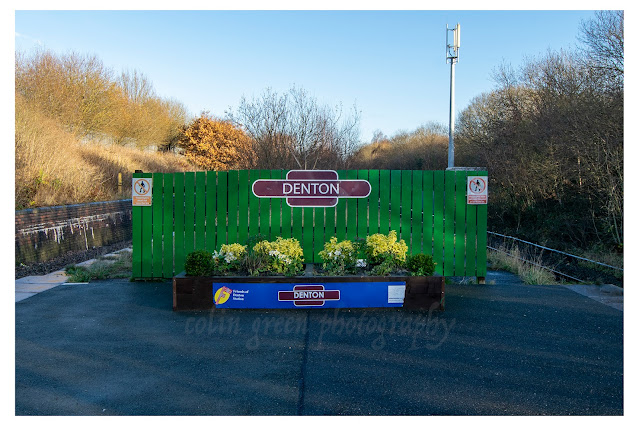In the vast and intricate network of the UK's rail system, some stations are bustling hubs, and others are quiet, forgotten corners. Denton Railway Station falls squarely into the latter category, holding a unique and almost legendary status as one of the least-used stations in the country. A visit here isn't just a trip; it's a step into a peculiar slice of modern railway history, a story of managed decline, strategic survival, and a single weekly train service.
A Ghostly Presence
For many, the first thing they learn about Denton Railway Station is its astonishingly low passenger count. With an average of just one passenger a month in some recent years, it is a frequent and prominent feature on the list of least-used stations in the United Kingdom. This isn't due to a lack of local interest, but rather a deliberate policy that has stripped the station of almost all its services and facilities. You'll find no ticket office, no waiting room, no shelters, and no disabled access. The platforms themselves are overgrown and quiet, a stark contrast to the once-busy mainline that used to run through here.
The Train That Keeps the Station Alive
The reason for this minimal service is a fascinating quirk of railway legislation. It is far more complex and expensive to formally close a railway line than it is to simply keep it operational with a bare minimum service. By running just two trains a week—one in each direction on a Saturday morning—the rail company can avoid the costly and lengthy process of a full closure program. This single, weekly service has earned the line the nickname of a "parliamentary train," a service that exists purely to fulfil a legal obligation. As the text mentions, the future of the station is uncertain, as congestion on the line makes it difficult to add more services, but its continued existence is a testament to this unique policy.
Echoes of a Busiest Past
Looking at Denton today, with its lone island platform, it's hard to imagine that this was once a vibrant and busy junction. The station once boasted four platforms, and the line itself was a major artery carrying trains to London Euston. The stark, overgrown platform and the "Way Out" sign that seems to lead to nowhere are poignant reminders of the drastic cuts of the 1960s that reshaped the entire rail network. The station's decline is a microcosm of the wider changes that saw many lines and stations fall victim to rationalization and modernization.
Denton Railway Station is a unique and captivating place, a site that tells a larger story about the evolution of Britain's railways. It stands as a monument to a once-great network and a quirky footnote in the ongoing saga of our public transport system. For rail enthusiasts and curious travellers alike, it's a place to visit not for its convenience, but for its compelling and unusual history.
The pictures were taken with a Nikon d3300 on the 15th December 2020, clicking any of them should open a link in another window to my Colin Green Photography store on Zazzle.
Please take a moment to share this post, follow me on social media, and explore my work on Clickasnap and photo4Me using the links below. Your support means a lot!
All the pictures remain the copyright of Colin Green.

























































